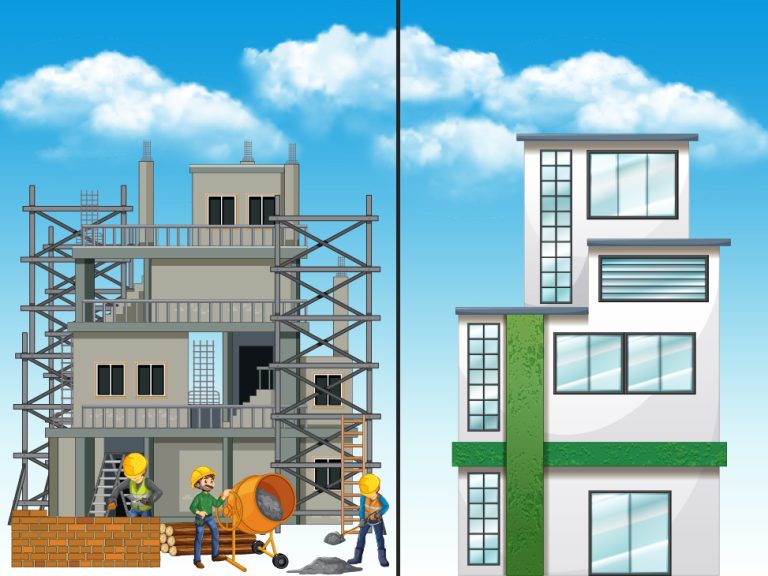Meenakshi Taheem
Last Updated on 6th February 2025

Meenakshi Taheem
Last Updated on 6th February 2025
Securing a place to call home is a significant milestone. However, the journey to homeownership can be intricate, particularly when it comes to financing. Two common financing options that often confuse are home construction loans and home loans (also known as mortgages). While both serve the purpose of helping individuals buy or build a home, they differ significantly in their terms, processes, and usage. In this blog, we will delve into the key differences between construction loans and home loans to help you make an informed decision when pursuing your dream of owning a home.
Table of Contents
Funds from a construction loan are released in stages, often referred to as “draws.” These disbursements are made directly to the builder or contractor.
The borrower typically pays interest only on the amount disbursed during the construction phase.
Suggested read: Home loan interest rate for bank employees
Borrowers are usually required to make a larger down payment for a construction loan, often around 20-25% of the project’s total cost.
Suggested read: Best Bank for Home Loan Interest Rate
Understanding the fundamental differences between construction loans and home loans is crucial when embarking on your homeownership journey. While construction loans are suitable for those building a new home or undertaking major renovations, home loans are designed for purchasing existing properties. The key distinctions include home loan disbursement methods, loan terms, interest rates, and down payment requirements.
When considering these loan options, it’s essential to assess your specific needs and financial situation. If you’re building a home, a construction loan is the way to go, but be prepared for higher interest rates and a shorter-term commitment. Conversely, if you’re buying an existing property, a home loan or mortgage offers greater flexibility with various loan terms and down payment options.
Ultimately, your choice will depend on your unique circumstances, goals, and preferences. Consulting with a financial advisor or mortgage specialist can help you make the right decision and set you on the path to homeownership with confidence.
No, a construction loan is not the same as a home loan. A construction loan funds the building process, while a home loan finances the purchase of an already-built home.
Yes, a home loan can be used for construction if it’s a home construction loan specifically designed for that purpose.
Benefits of a home construction loan include financing the construction of your dream home, flexible disbursement options, and potential tax benefits.
Yes, but only the interest component of the construction loan is eligible for tax exemption.
The best bank for a home construction loan can vary based on your location, financial situation, and loan requirements. You can research and compare offers from different banks to find the most suitable one.
The amount of a house construction loan you can get depends on factors like your income, creditworthiness, project cost, and the lender’s policies.
Eligibility for a house building loan typically depends on your income, credit score, and the lender’s specific criteria. Different lenders may have different eligibility requirements.